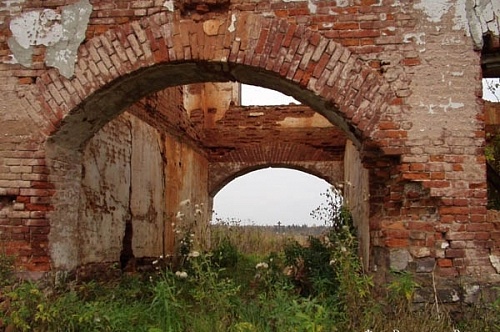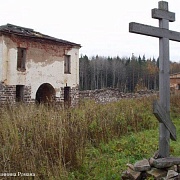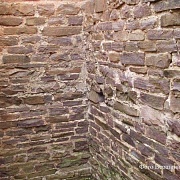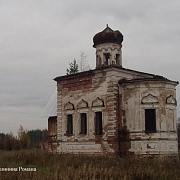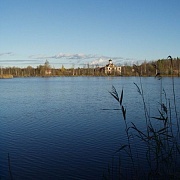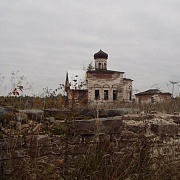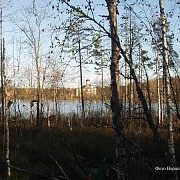Iono-Jashezerskaya pustyn (a remote monastery) is one of the oldest monasteries in Karelia, found in the reign of Ivan the Terrible and mentioned in the inventory of cloisters of 1582.
The monastery is included in the list of monuments of history and culture importance as the second significant, after Valaam, monument of monastery architecture.
It is situated 80 km far from Petrozavodsk.
The Reverend Iona, vepps by nationality, lived in the neighboring village of Shoksha. He experienced and perceived prayerful deeds of Saint Alexandr Svirsky. Iona chose this quite place near Jashezero lake. During many years Saint Iona performed his hard apostolic service for vepps in his "pustyn" (a remote monastery). Life of northern hermits was severe: long cold winters, fogs and winds, scarcity of food, mainly berries, herbs, mushrooms, moss and roots. But those who seeked to spend their lives in prayer and fast went to Iona.
Being a "podvizhnic" (a person who performs spiritual endeavors or exploits that require great effort, sometimes of superhuman proportions), the Saint Iona was known as a hardworking person. His "Zhitie" or "Lives" (description of a saint’s life) praises him as a good master and skilled builder. He dig a ditch from Jashezero to Sennoye lake by himself so that the monks could fish. He rode a horse with leather sacks on his back around neighboring woods for the needs of the monastery. Two of his bags were kept for a long time in the cloister as well as a wooden cup for the Divine Liturgy made by Iona. Saint Iona also made kitchen utensils for the brotherhood of the monastery.
The God announced Saint Iona the time of his death. Willing to make his spiritual "podvigs" (exploits) bigger, he moved to a remote secluded cave two km far from the monastery and spend there the last years of his earthly life in fast and prayer. From ancient sources we know for certain that Saint Iona died in 1629 at the age of more than 100 years old.
The cave of Saint Iona was especially honoured by the brotherhood and local residents. Till present time the old-timers remember that there was a stone bed and floor in the cave. People came to the cave to pray Saint Iona to help them cure their illnesses and diseases. There was a "lampada" (an icon lamp) burning all the time due to the pilgrims. People who worshipped Saint Iona built a small "chasovnja" (a small church dedicated to a special purpose or a saint), totally ruined during state atheism.
In 1675 the cathedral in the name of the Annunciation ("Blagoveschenie") with the aisle in the name of Saint Nicolas the Wonder-worker were built. Teplaja (heated) stone church of Transfiguration erected in 1853 upon the saint’s sepulcher also adorned the cloister.
Imperial persons helped Jashezerskaya pustyn. The brotherhood was given contributions by the tsar Fedor Ivanovich, a nun Marpha, and Iakov and Irinarkh, Fathers – Superiors of the Solovets monastery. Mark Pimenov, a merchant of the first guild was one of the benefactors. Owning to him, the foundation of the stone church with a bell tower was built, 23 icons of the church of Annunciation were renewed.
By the beginning of XX century the brotherhood of Jashezerskaya pustyn was more than 200 people. Three times a week steamers with numerous pilgrims on the board left Voskresenskaya embankment in Saint Petersburg to arrive the following day the berth 26 versts (1 versta = 3500 ft) far from the pustyn.
At present, little has remained of this old monastery, so honored in the north-west in the past: white church of Transfiguration, a part of monastery wall made of Shoksha crimson quartzite, four corner towers and two small monastery buildings. The cathedral of Annunciation, father – superior’s "pokoi" (house where he lived) and a "trapeznaya" (dining hall where the monks had their meals) are completely destroyed. The rest of the buildings are self-destroying under the weather conditions.

